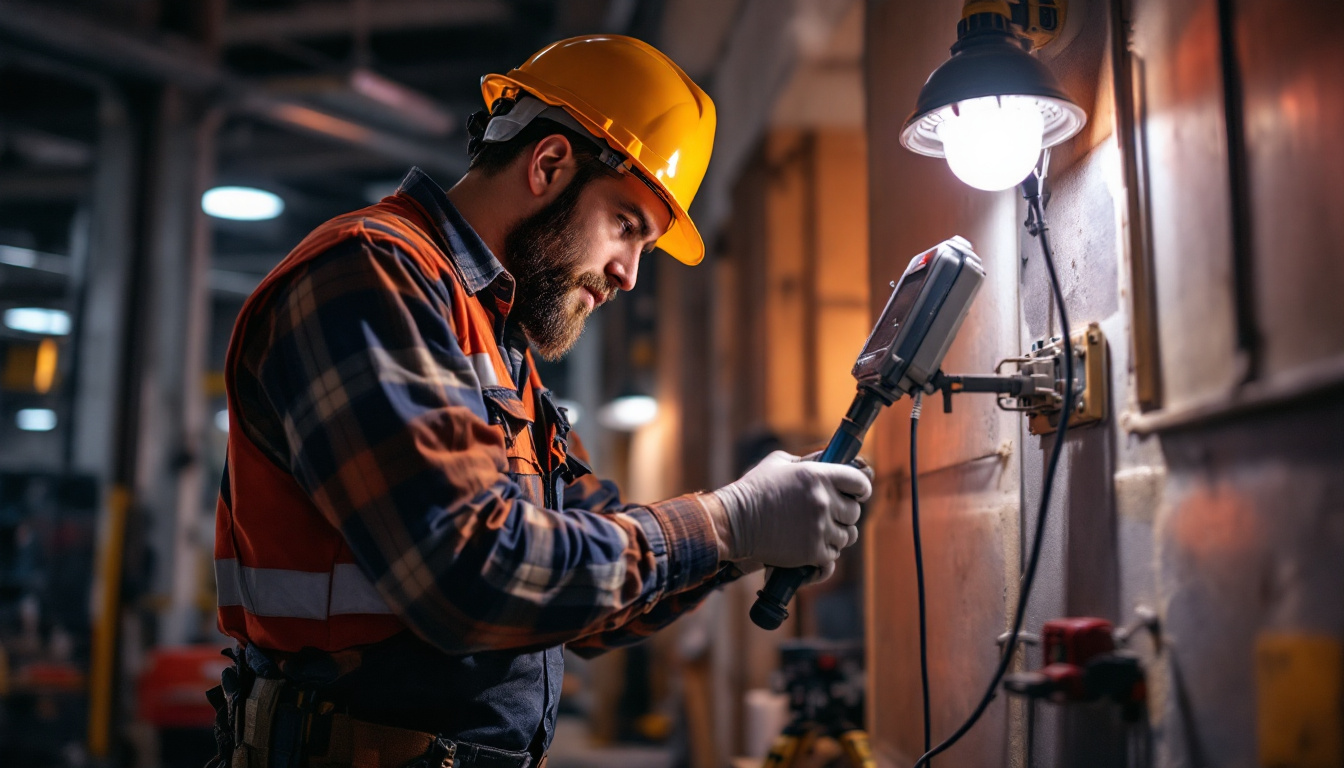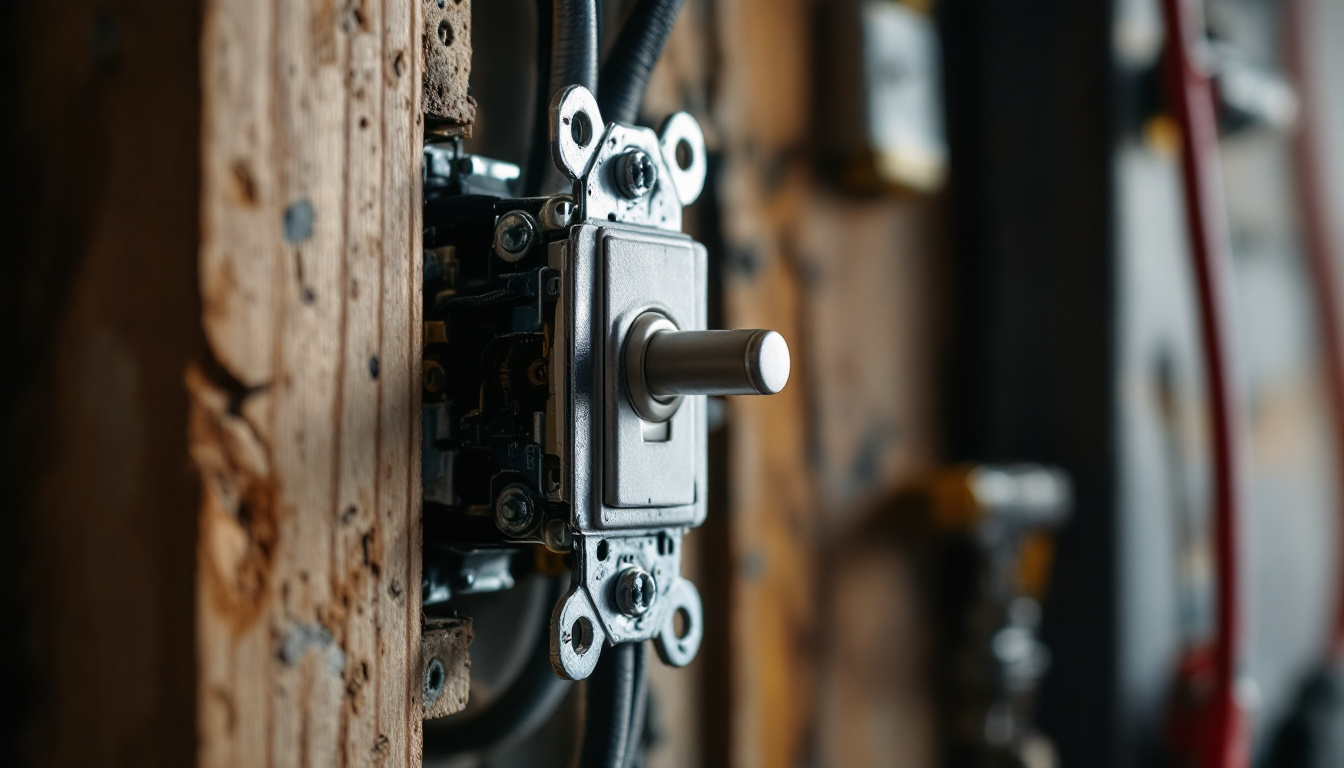
In the world of lighting installation and maintenance, understanding the nuances of emergency systems is crucial. emergency ballasts play a vital role in ensuring that lighting fixtures remain operational during power outages. For lighting contractors, being knowledgeable about these devices not only enhances service offerings but also ensures compliance with safety regulations. This article delves into the essential aspects of emergency ballasts, providing insights that every lighting contractor should be well-versed in.
An emergency ballast is a device that provides power to a lighting fixture during a power failure. It is designed to automatically switch on when the main power supply is interrupted, allowing for continued illumination in critical areas. This is particularly important in environments such as hospitals, schools, and commercial buildings where safety is paramount. In these settings, the presence of reliable emergency lighting can significantly reduce the risk of accidents and injuries during unexpected outages, ensuring that individuals can navigate safely to exits or designated safe zones.
These ballasts can be integrated into various types of fixtures, including fluorescent and LED lights. They ensure that emergency lighting meets the required standards and regulations, providing peace of mind to both contractors and building occupants. Furthermore, the integration of emergency ballasts into modern lighting systems not only enhances safety but also contributes to energy efficiency, as many newer models are designed to consume less power while still delivering adequate illumination during emergencies.
Emergency ballasts come in various types, each designed for specific applications. Understanding these types can help contractors choose the right solution for their projects. The selection of an appropriate ballast type is crucial, as it can influence the overall effectiveness of the emergency lighting system and its compliance with local codes and regulations.
The operation of an emergency ballast is relatively straightforward. When the main power supply is functioning, the ballast charges its internal battery. In the event of a power outage, the ballast automatically switches to battery power, allowing the fixture to continue providing light. The transition from line voltage to battery power is typically seamless, ensuring that there is no interruption in lighting when it is most needed.
Most emergency ballasts are equipped with a test button that enables contractors to check the functionality of the unit. Regular testing is essential to ensure reliability when needed most. Understanding the mechanics of these devices can help contractors troubleshoot any issues that may arise during installation or maintenance. Additionally, many modern emergency ballasts feature advanced monitoring capabilities, allowing for remote diagnostics and alerts, which can further enhance the reliability of emergency lighting systems and ensure compliance with safety regulations.
Emergency lighting is not just a regulatory requirement; it is a critical component of safety in any building. Proper emergency lighting ensures that occupants can safely navigate their environment during a power outage or emergency situation.
In many jurisdictions, building codes mandate the installation of emergency lighting in specific areas, such as stairwells, hallways, and exit routes. Lighting contractors must be familiar with local regulations to ensure compliance and avoid potential liabilities.
Compliance with safety standards is a top priority for lighting contractors. The National Fire Protection Association (NFPA) and the International Building Code (IBC) set forth guidelines that dictate the installation and maintenance of emergency lighting systems.
Contractors should be aware of the specific requirements for their region, as these can vary significantly. Regular updates to codes and standards mean that staying informed is essential for successful project execution.
Incorporating emergency ballasts into lighting systems offers several benefits beyond mere compliance. These include:
When installing emergency ballasts, contractors must consider several factors to ensure optimal performance and compliance with regulations. Proper installation not only affects functionality but also the longevity of the system.
Selecting the appropriate emergency ballast for a specific application is crucial. Factors to consider include the type of fixture, the wattage required, and the duration of emergency lighting needed. For instance, a self-contained ballast may be suitable for smaller fixtures, while larger installations may benefit from a centralized system.
Contractors should also consider the battery type and its expected lifespan. Lithium-ion batteries, for example, tend to have a longer life and require less maintenance compared to traditional lead-acid batteries.
Installing an emergency ballast involves several key steps:
Regular maintenance of emergency ballasts is essential to ensure they function correctly when needed. Neglecting maintenance can lead to system failures during emergencies, putting lives at risk.
Most building codes require periodic testing of emergency lighting systems. This typically involves a monthly functional test and an annual full discharge test. During these tests, contractors should check that the lights activate as intended and that the battery is holding a charge.
Documenting these tests is crucial for compliance and can serve as proof of maintenance for inspections. A well-maintained system not only ensures safety but also extends the life of the equipment.
The lifespan of batteries used in emergency ballasts can vary. Regularly checking the battery condition and replacing it as needed is essential for maintaining system reliability. Most manufacturers recommend replacing batteries every three to five years, but this can depend on usage and environmental factors.
Contractors should also be aware of the recycling requirements for old batteries, as improper disposal can lead to environmental hazards and legal consequences.
If an emergency ballast is not providing adequate light output, several factors could be at play. First, check the battery condition; a weak or dead battery will not provide sufficient power. Additionally, ensure that the ballast is properly connected to the fixture and that there are no loose wires.
Another common issue is the age of the ballast. If it is nearing the end of its lifespan, it may need to be replaced. Regular testing can help identify these issues before they become critical.
If the emergency ballast frequently cycles on and off, it may indicate a problem with the battery or the ballast itself. This could be due to a faulty connection or a battery that is unable to hold a charge. In such cases, a thorough inspection is necessary to identify the root cause.
Contractors should also ensure that the ballast is compatible with the fixture. Mismatched components can lead to operational issues and may void warranties.
The landscape of emergency lighting is evolving, driven by advancements in technology and changing regulations. Staying abreast of these trends is essential for lighting contractors looking to remain competitive.
Smart emergency lighting systems are gaining traction, offering enhanced monitoring and control capabilities. These systems can provide real-time data on battery status, light output, and overall system health, allowing for proactive maintenance.
Integration with building management systems can also streamline operations, ensuring that emergency lighting is always functional and compliant with regulations.
As energy efficiency becomes increasingly important, many manufacturers are developing emergency ballasts that use less power while still providing reliable illumination. LED emergency lighting is one such solution, offering longer lifespans and reduced energy consumption compared to traditional options.
Contractors should be prepared to recommend these energy-efficient solutions to clients, as they not only save money in the long run but also contribute to sustainability efforts.
Emergency ballasts are a critical component of any lighting system, ensuring safety and compliance in various environments. For lighting contractors, understanding the intricacies of these devices is essential for providing high-quality service and maintaining client trust.
From installation and maintenance to troubleshooting and staying informed about industry trends, the knowledge of emergency ballasts can significantly enhance a contractor’s capabilities. By prioritizing safety and reliability, lighting contractors can ensure that their projects meet the highest standards for emergency lighting.
Ready to elevate your lighting projects with the highest standard in emergency ballasts? Look no further than LumenWholesale, where we offer an extensive selection of spec-grade lighting products at unbeatable wholesale prices. Say goodbye to inflated markups and hello to superior quality without the middleman. With our commitment to reliability and performance, plus the convenience of free shipping on bulk orders, you can trust that you’re getting the best value for your investment. Don’t compromise on safety or affordability. Wholesale Lighting at the Best Value is just a click away. Experience the LumenWholesale difference today!

Discover how lighting wall sconces can transform your space with elegance and functionality.

Discover the essentials of single pole toggle switches in just 5 minutes.

Discover the top 8 LED lamps revolutionizing the lighting industry for contractors.

Discover essential insights for lighting contractors on how to effectively illuminate parking lots with LED technology.